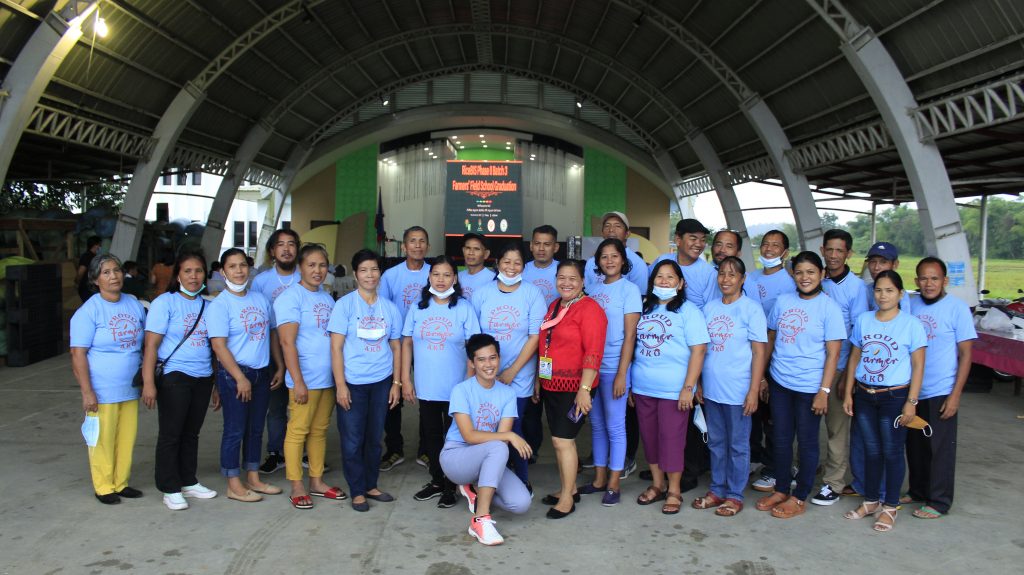
Agusan farmers now engaged in agro enterprise development
Kitcharao and Magallanes in Agusan del Norte are starting to progress as farm communities operating nine agro enterprises on milled rice lending, internal savings lending, and bulk purchasing inputs.
The community improvement, which spurred from the structured business-
centric model of RiceBIS Agusan, is managed by the trained 400 farmers who follow the business model bank concept pilot-tested by the Esperanza RiceBIS Producers Cooperative (ESRIPCO) in Agusan del Sur.
ESRIPCO had supplied high-quality seeds and farm inputs which grossed over PhP11.6M during the 2021 dry season.
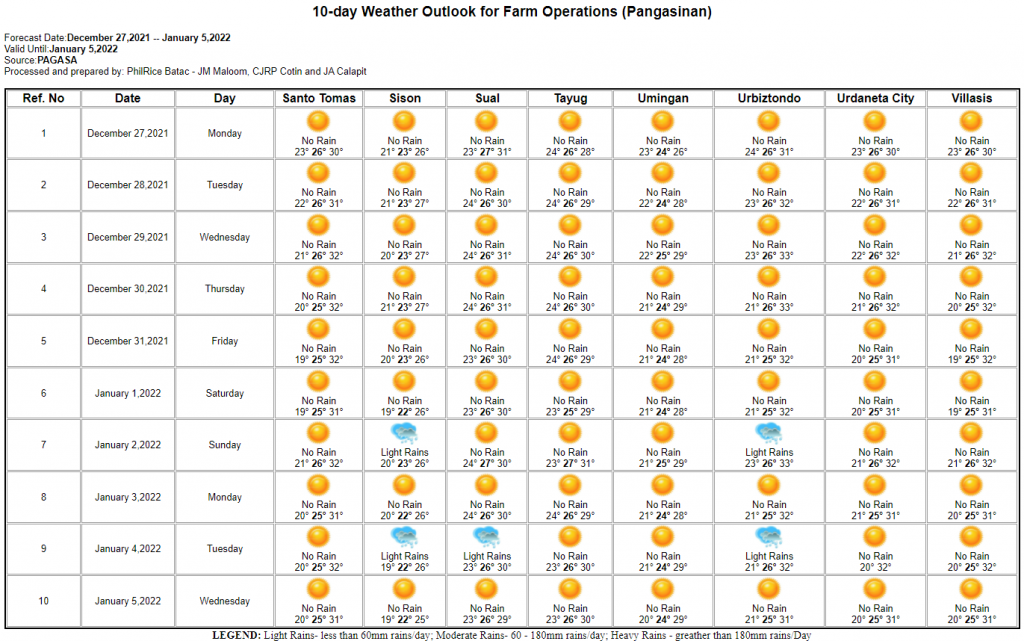
Local weather forecasting for Ilocos region
Batac station launched in May 2021 a localized weather forecasting system in the weather-sensitive Ilocos region to help increase the farming resiliency of local farmers. A 10-day weather forecast mapped per municipality/ city within Region 1 is downloaded from the PAGASA website. For easier access, the weather advisory is disseminated through the DA-PhilRice Batac Facebook page, farmers’ Facebook groups, and text blasts with the help of the Municipal or City Agriculture Office.
One of the text blast beneficiaries, Richard Linda Sr., was grateful for this initiative. Linda stated that the recommended crop management from the local weather updates resulted in good crop stand. Moreover, the branch station trained farmers, extension workers, local farmer-technicians, farm school owners, and workers on proper nutrient and pest and disease management.
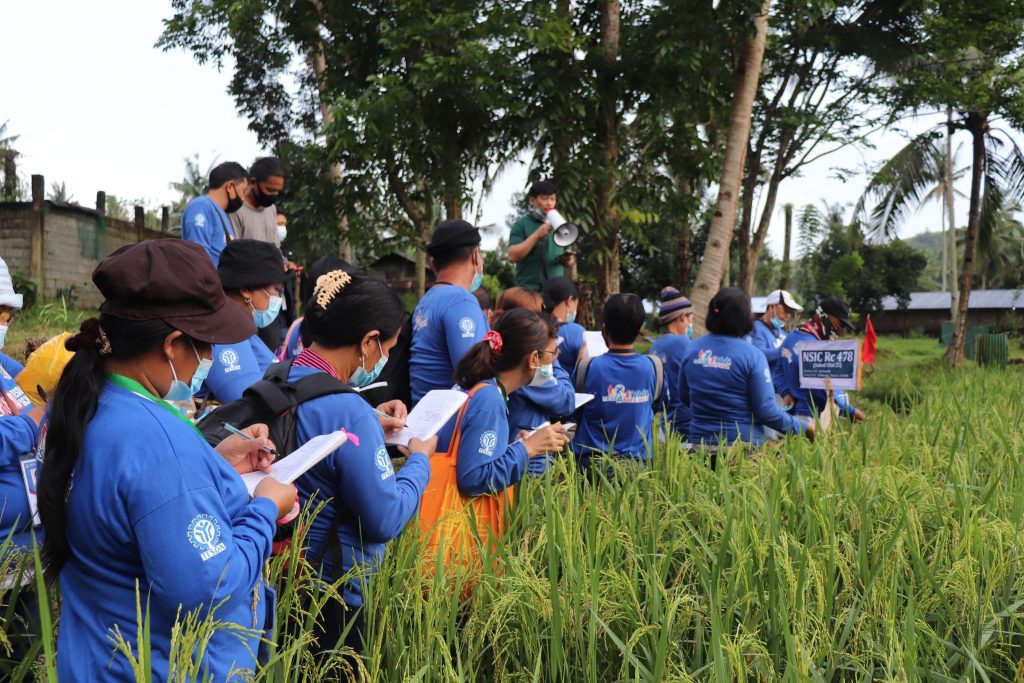
Bicol station increases net income by 42%
DA-PhilRice Bicol station increased its net income by 42% (PhP990,851.59) during the first semester of 2021 from seeds, products and services, and hostel.
The station also received two commendations from Commission on Audit during the 2021 Exit Conference for complying with the cost requirement of Gender and Development (GAD) activities in the GAD Plan and Budget and ensuring insurable properties with the General Insurance Fund of Government Service Insurance System.
Based on the station’s 2021 dry season data, the RiceBIS community showed an average yield increase of 10.97%, 48.75%, and 86.41% in the Phase I, Phase II, and Expansion baselines, respectively.
In addition, the branch’s R&D initiatives have reached over 9,000 people through its Facebook Page and PhilRice Text Center.
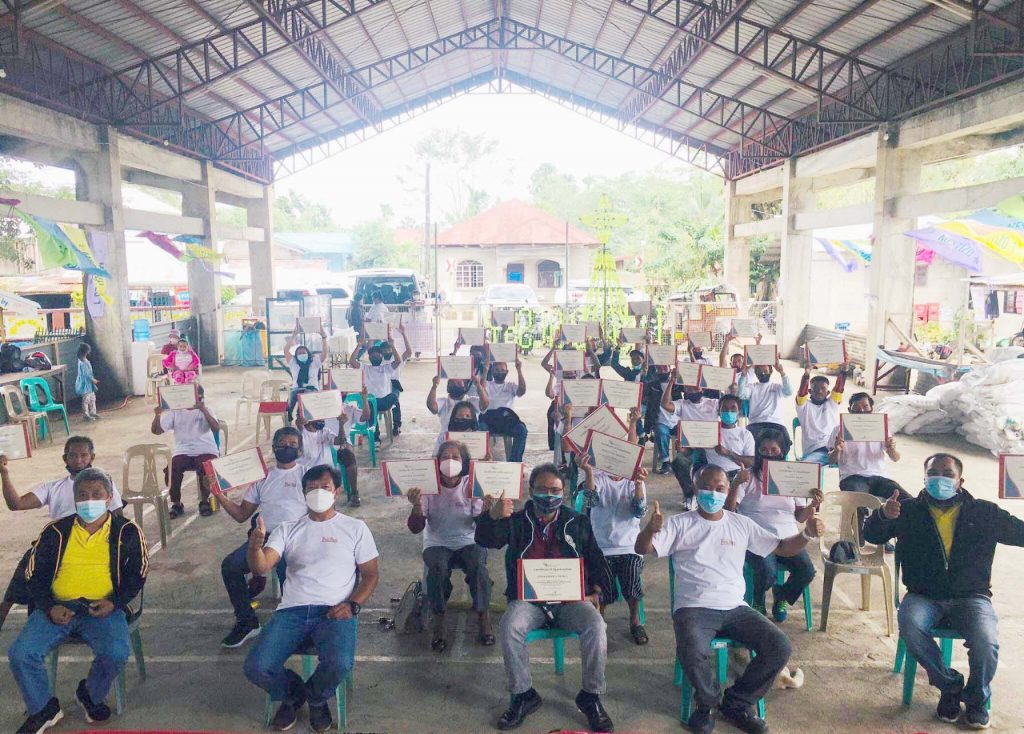
Hybrid rice commercialized
Farmers in Bacsay, Luna, Apayao are now linked to the rice seed market and are making F1 seeds available for commercialization under the Community-Organized Hybrid Rice Farming and Marketing (COHRFarM) component.
This development succeeded the Isabela branch’s season-long training on F1 Hybrid Rice Commercialization, in which 36 farmer-participants registered a 50.72% gain in knowledge.
Ten off-station rice technology demonstrations established in Cagayan Valley and CAR during the dry and wet seasons showcased newly released inbred and hybrid varieties, mechanized transplanting, and Rice Crop Manager-based nutrient management. Across sites, NSIC Rc 480 produced the highest yield.
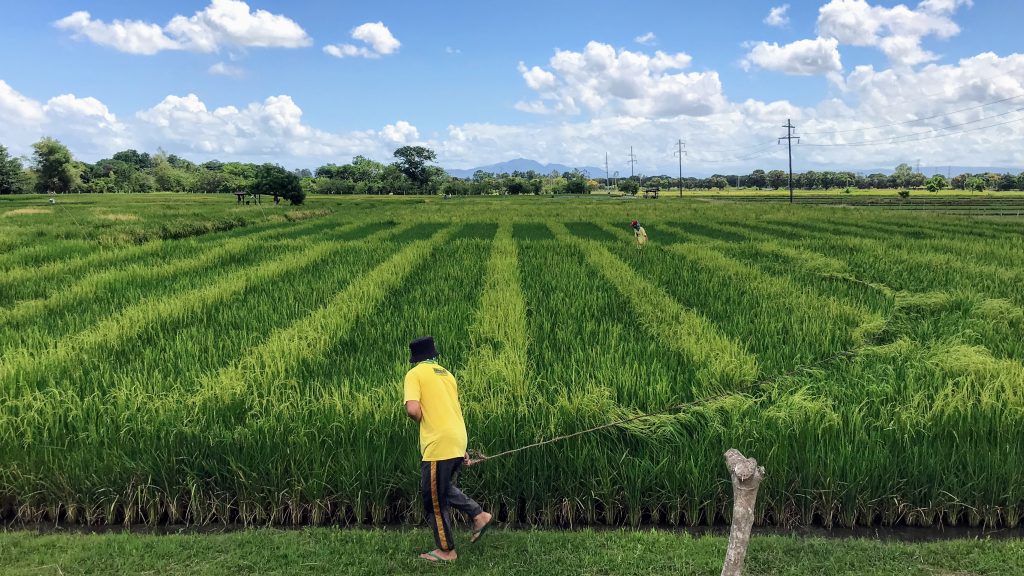
Pipeline varieties identified; fertilizer recommendations generated
Los Baños station has generated fertilizer recommendations for inbred and hybrid varieties specific to soil and climatic conditions. It has also identified two pipeline varieties of thermosensitive genetic male sterile (TGMS) rice lines. It made full use of digital technologies through online and face-to-face learning activities for target rice stakeholders. It sustained its activities in CALABARZON under the Rice Technology and Innovations Promotions in Regions IV-A and B (RiceTIP) and Rice Business Innovations System (RiceBIS) Community program.
The RiceBIS project in Quezon also assisted farmer- organizations in marketing their milled and pigmented rice by promoting their produce on social media. These helped them gain regular clients from NCR, Laguna, and Quezon who tap third-party delivery services in Los Baños.
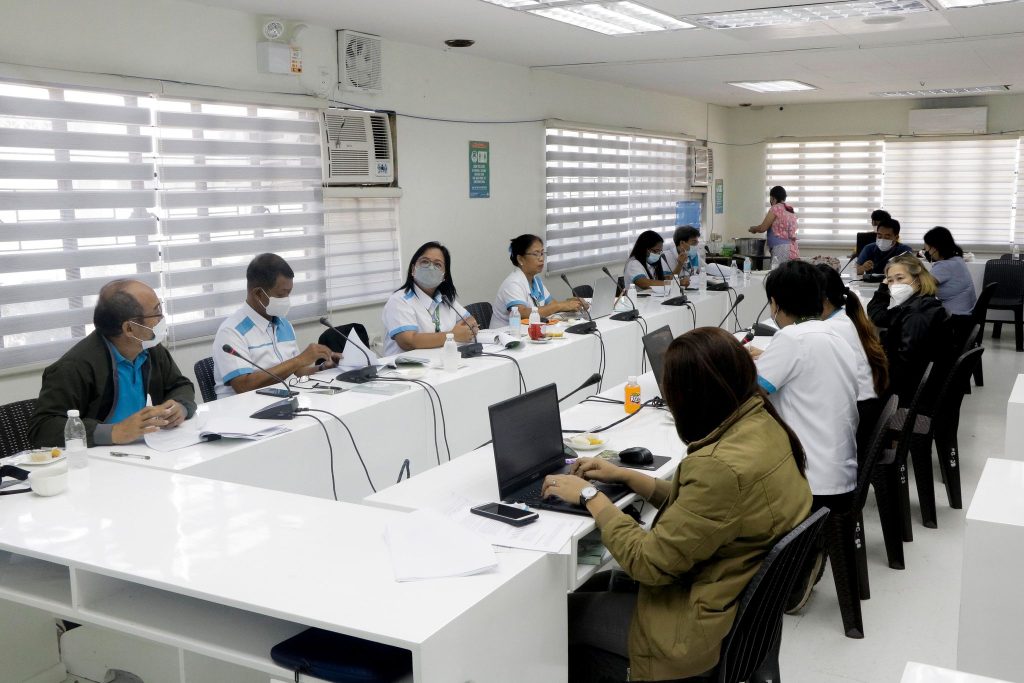
Midsayap branch boosts rice production
Midsayap branch strengthened its partnership with the National Irrigation Administration XII for the documentation of the upscaling of alternate wetting and drying adoption in Mlang, Cotabato, and Panggas practice in Lambayong, Sultan Kudarat. It also produced knowledge products to promote rice technologies in its area of responsibility.
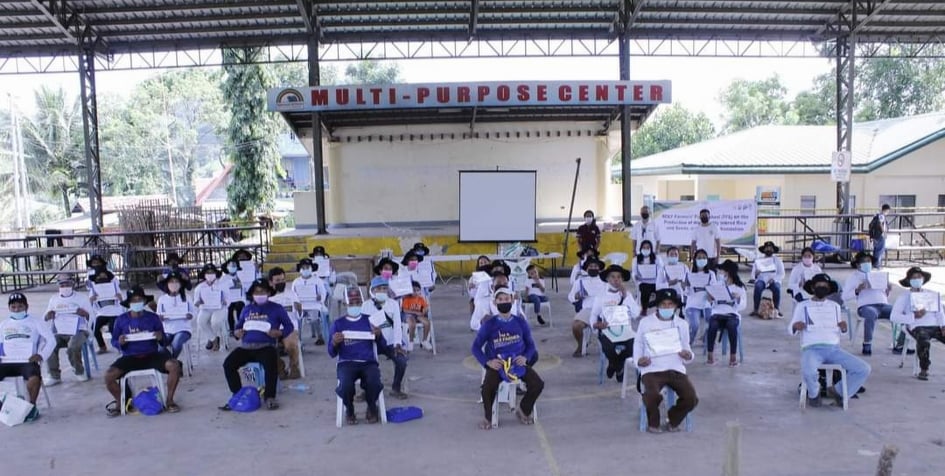
Continuing support for farmers
Negros station helped a RiceBIS Community receive farm implements and machines from the Department of Agrarian Reform and the Philippine Center for Postharvest Development and Mechanization. Aside from holding focused group discussions, it trained 417 farmers in San Carlos and Canlaon cities under Farmers’ Field School from which they obtained 40.37% gain in knowledge. In addition, it partnered with the provincial government office and local government unit in undertaking a study on nutrient management.




